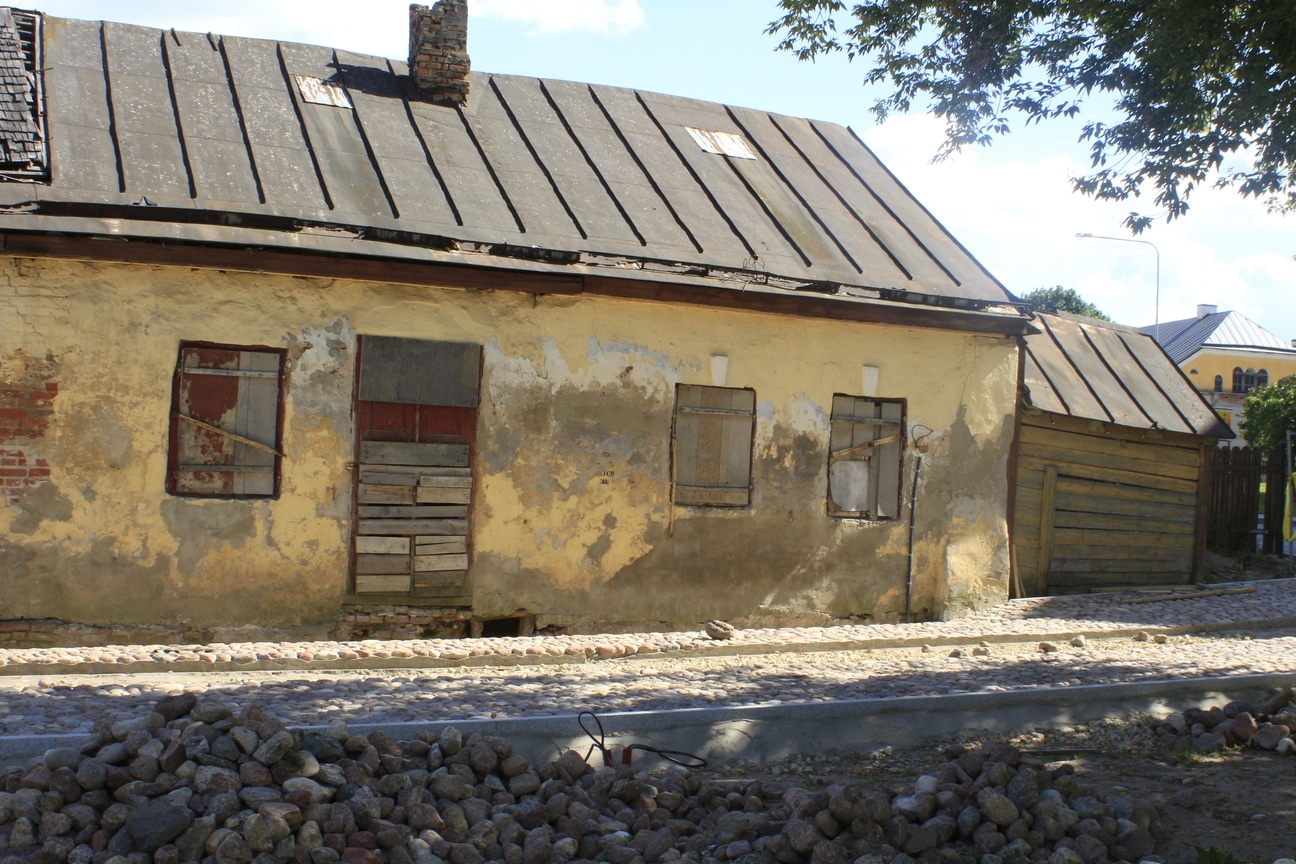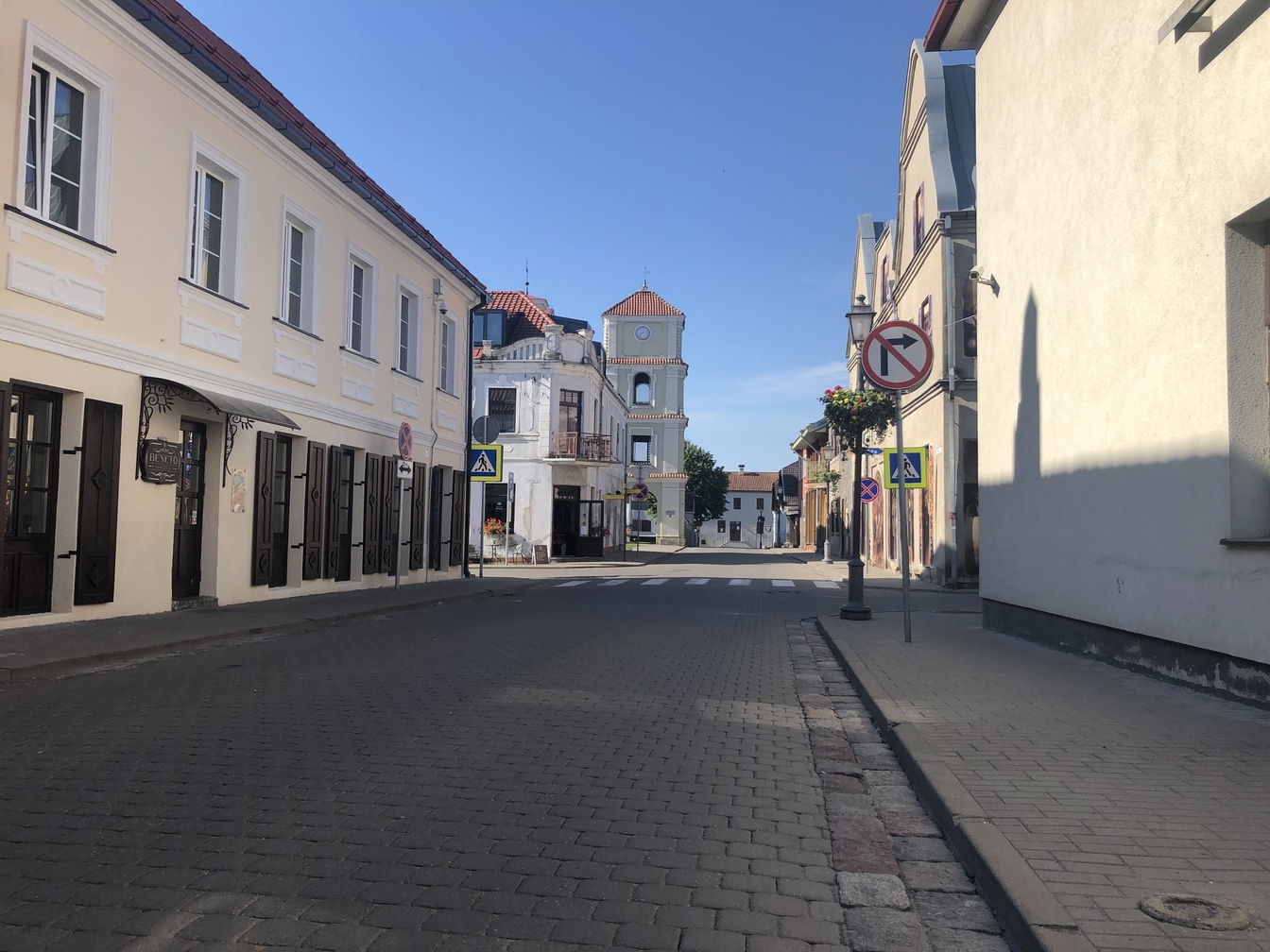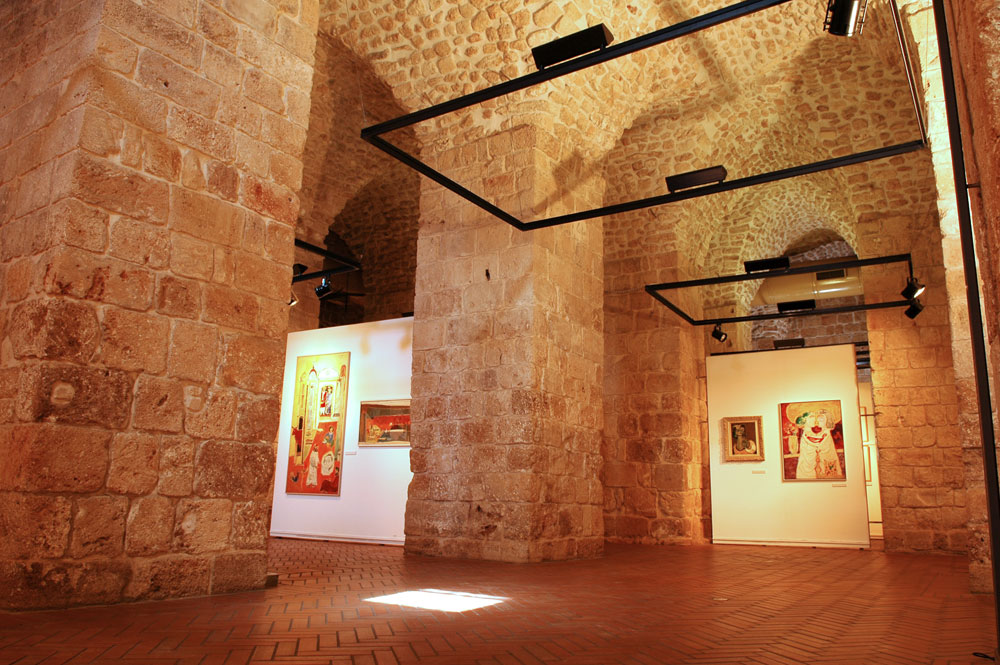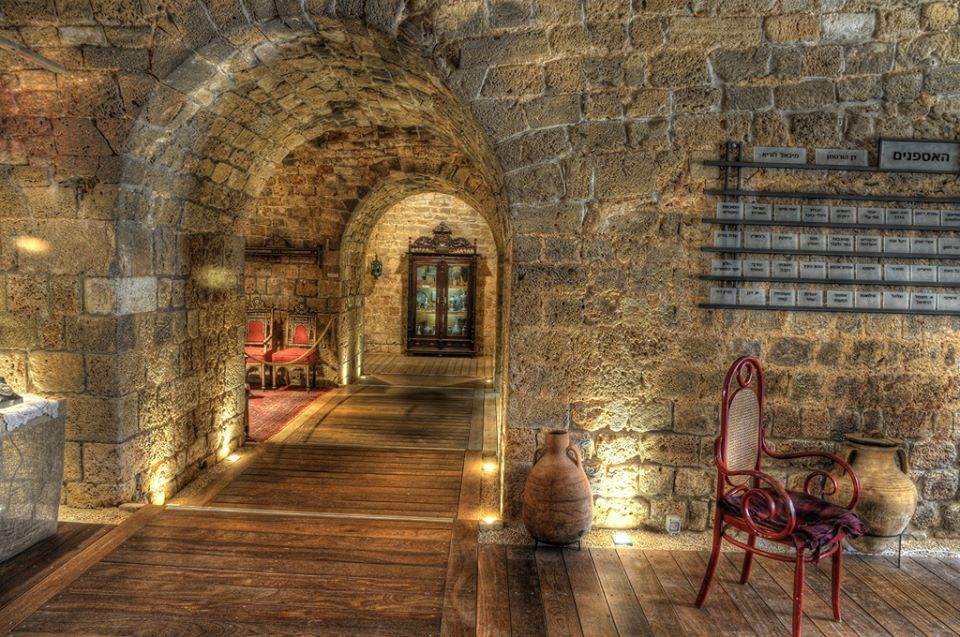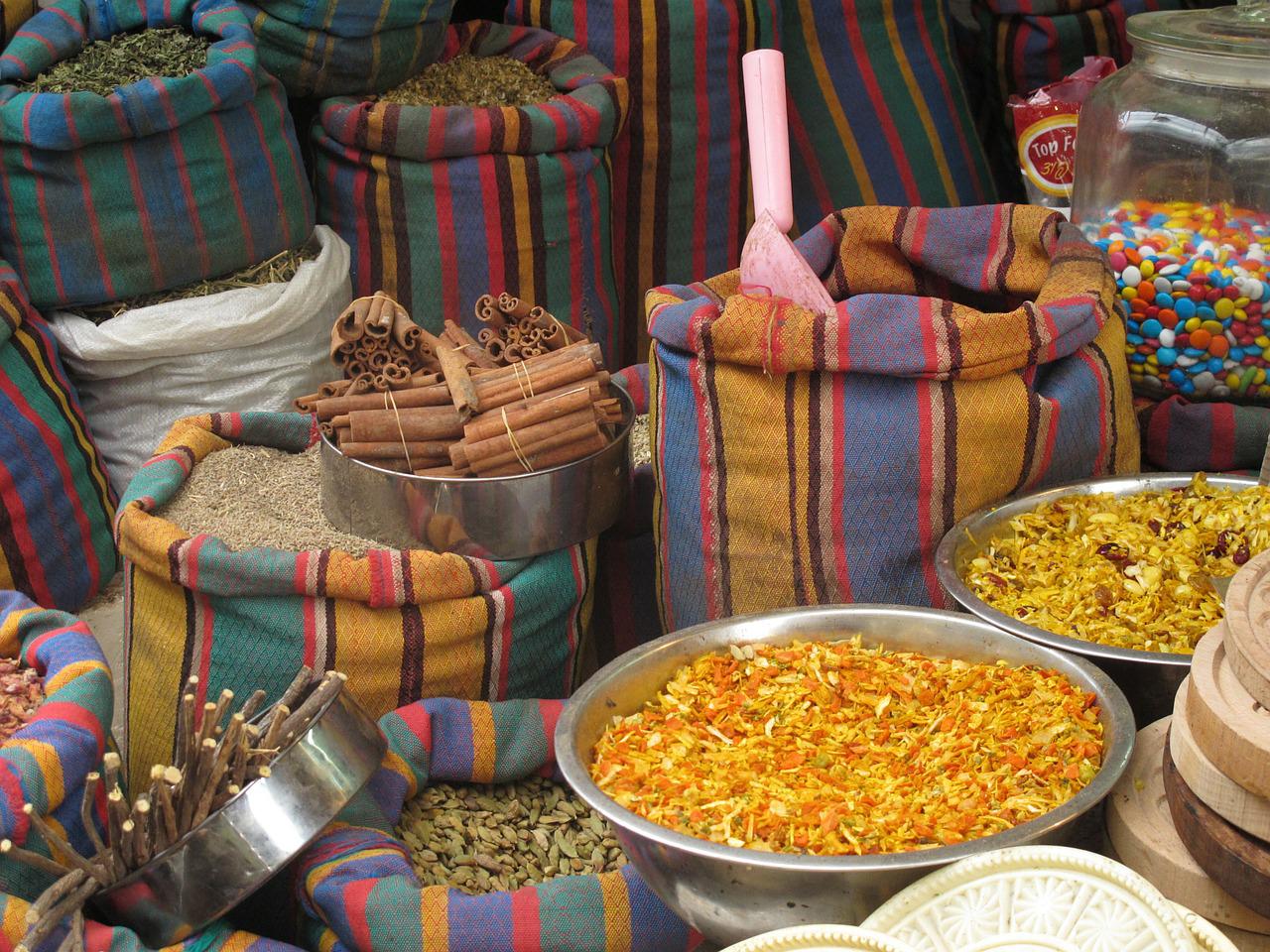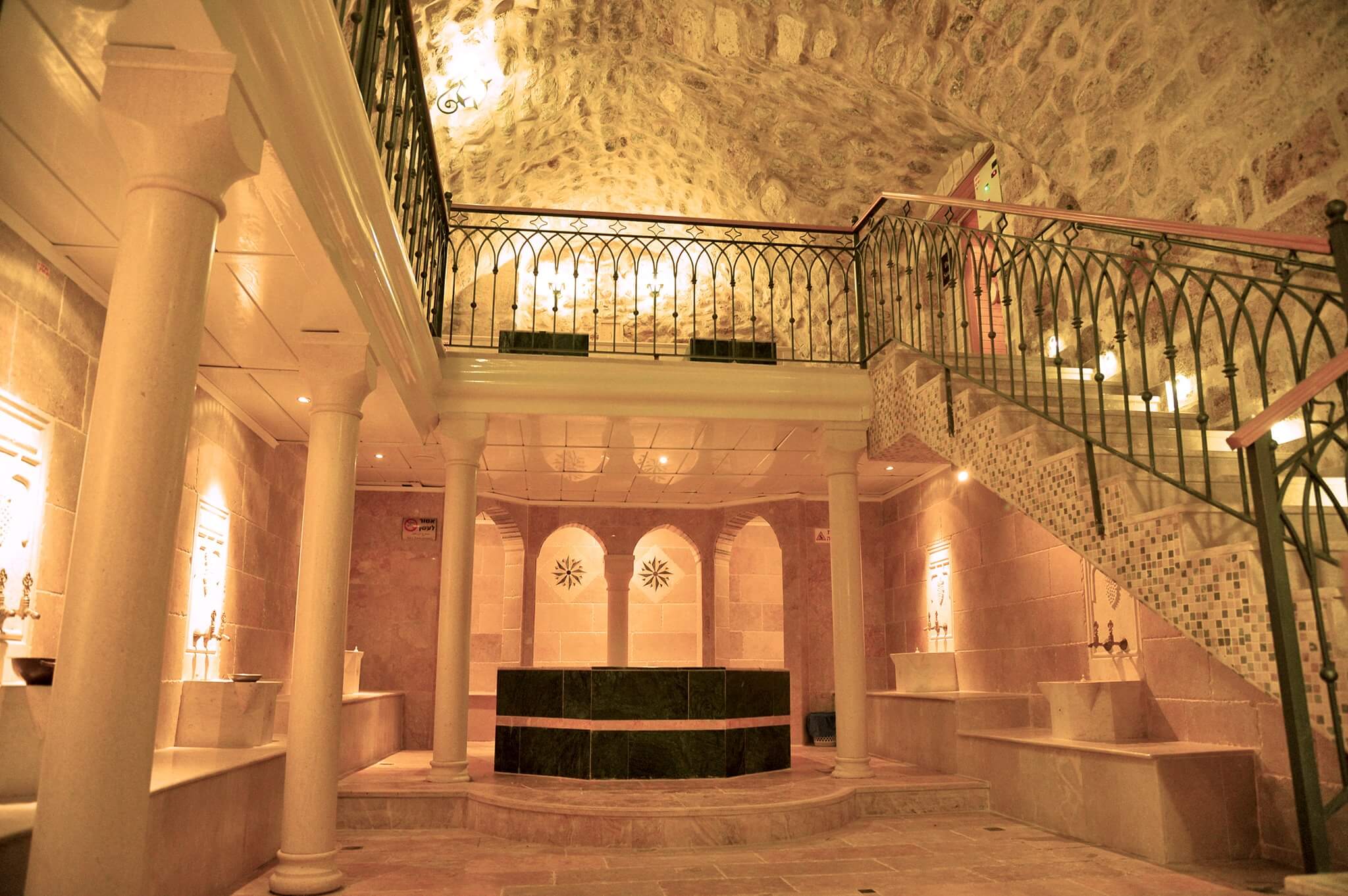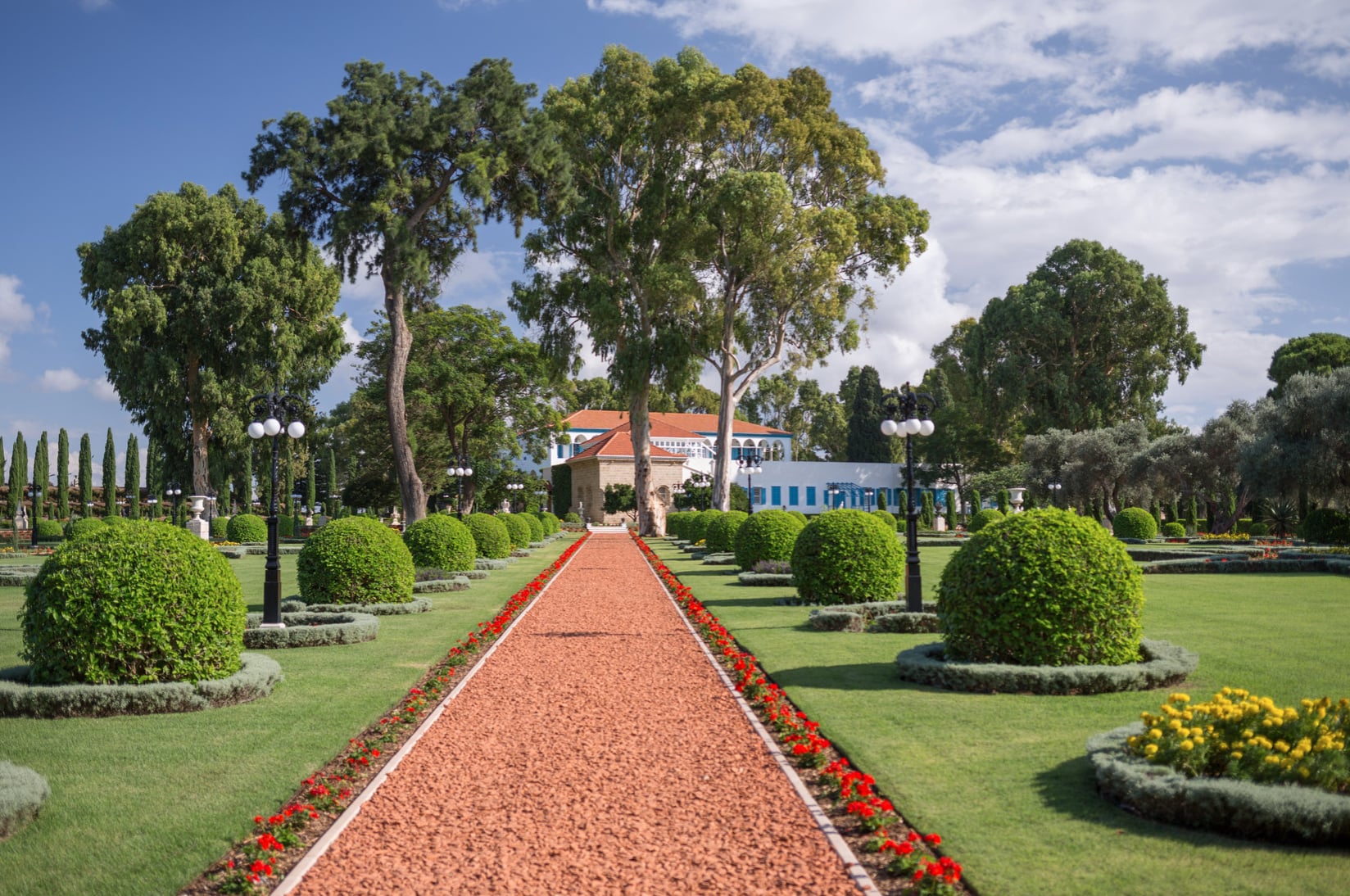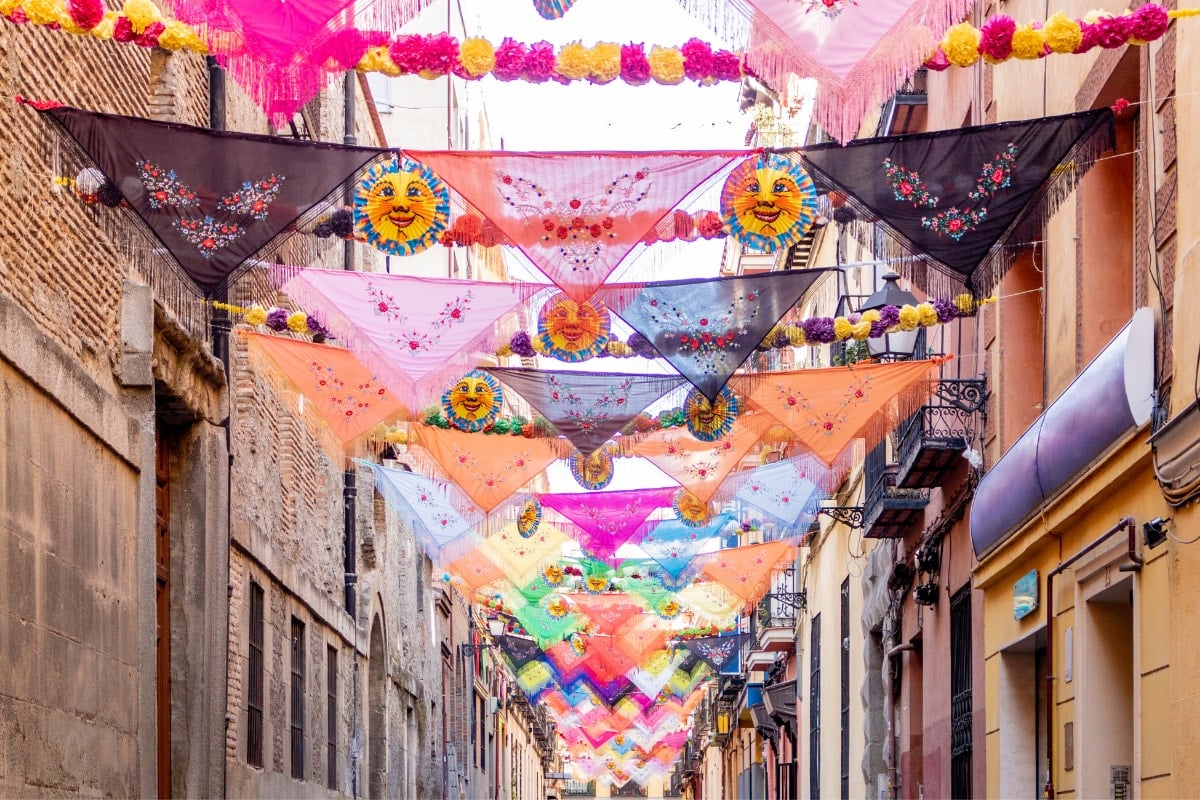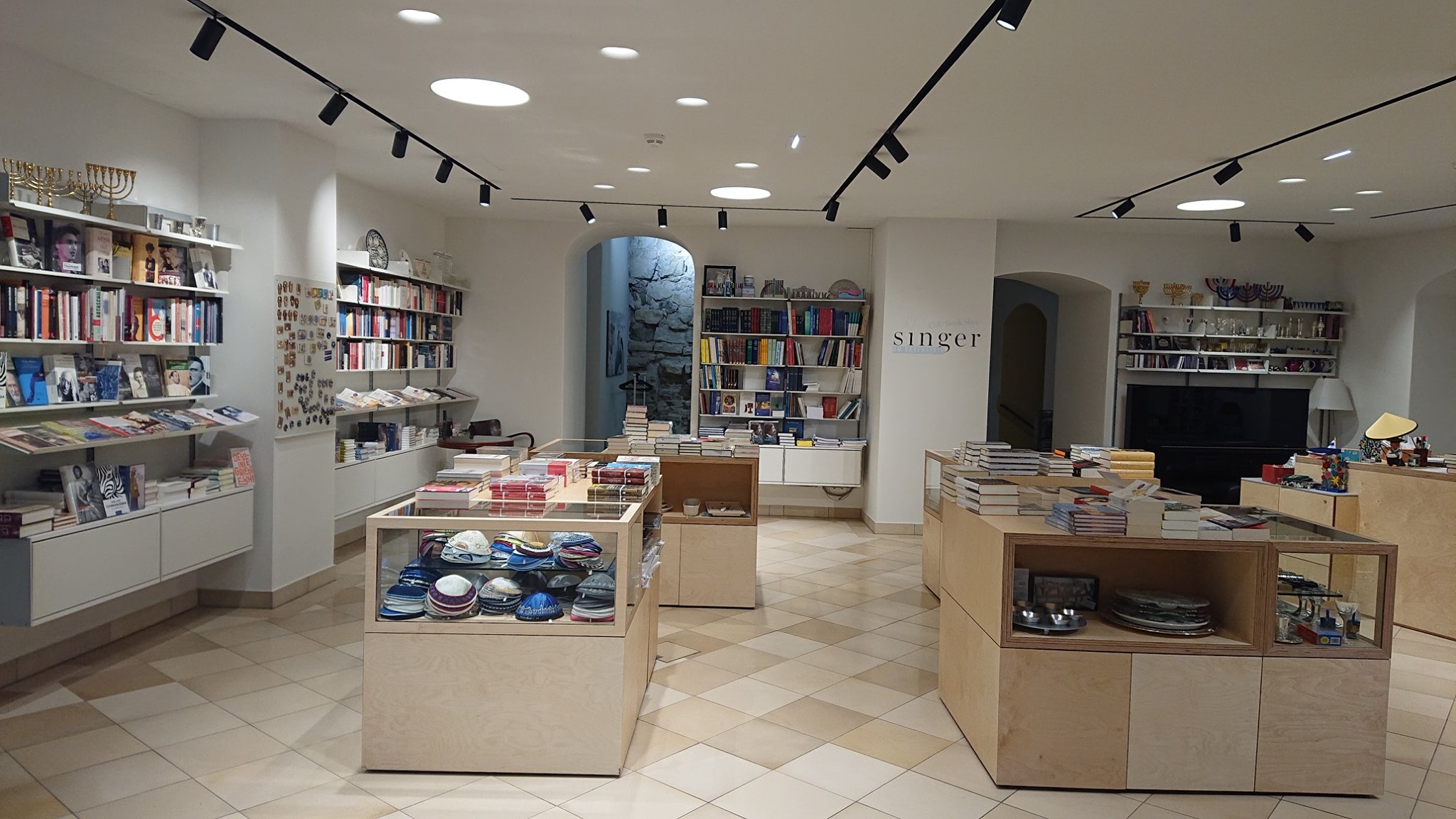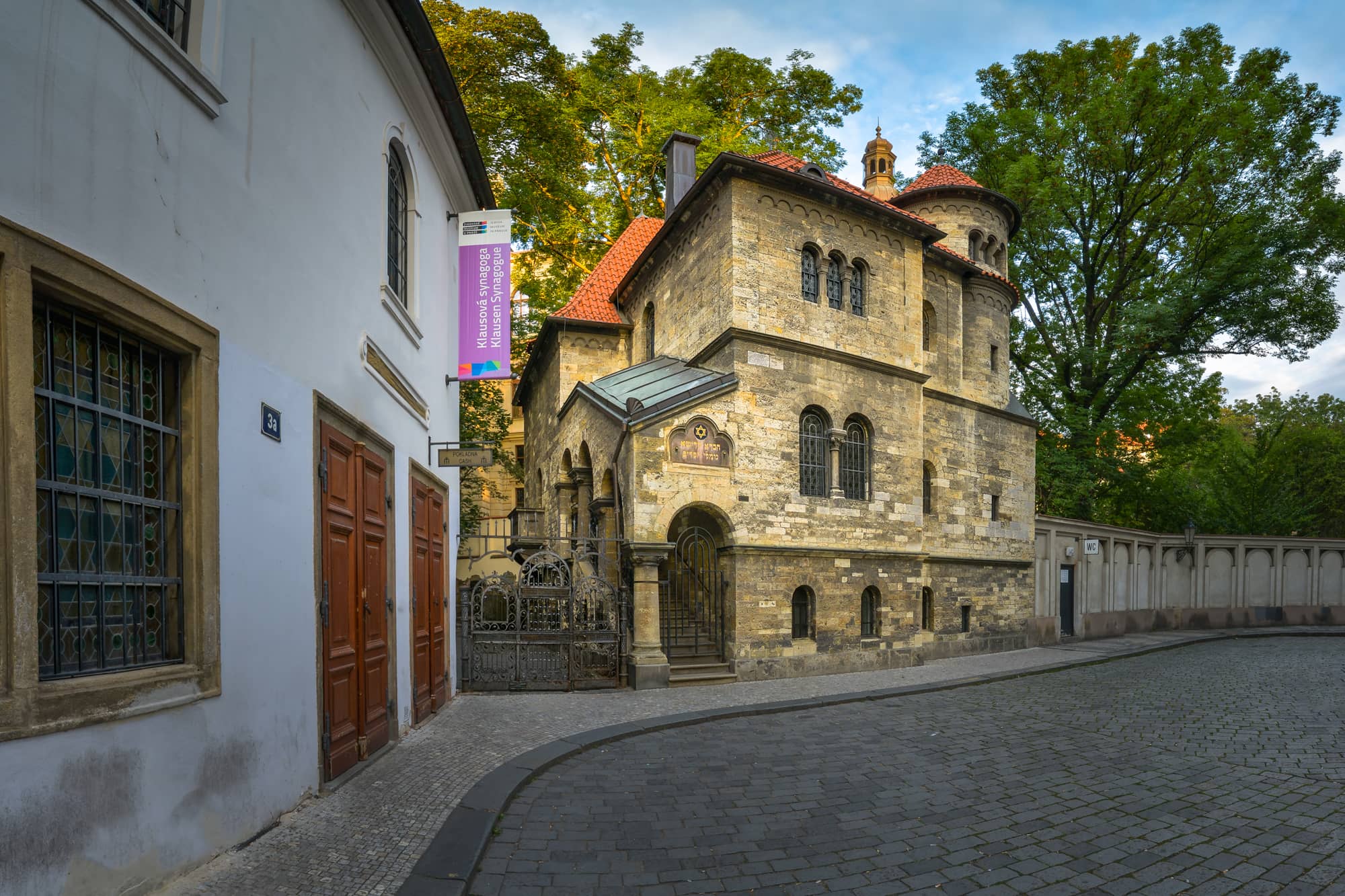At the first sight, this building looks like an ordinary wooden building, which managed to survive the test of time. However, this is one of the oldest residential houses in Kėdainiai, built at the end of the 18th century. A small wooden structure attached to the building is the sukkah – one of the most important attributes of sukkot, that is celebrated at the end of September. This feast has two meanings. It marks the end of harvest time, but at the same time, this feast is celebrated to commemorate the liberation of the Jewish nation from slavery in Egypt and their journey to the Holy Land.
Site Tag: Attraction
Pharmacy of Chaimas Gurvičius
At the beginning of the 20th century in pharmacies, you could find a wide range of products: from medicine to petrol and other oil products. A local Jew named Chaimas Gurvičius bought this pharmacy in 1903, and he often claimed that this building housed a pharmacy since the middle of the 17th century, making it one of the oldest pharmacies in the whole of Lithuania. Gurvičius owned this pharmacy till 1940 when the Soviets occupied Lithuania, this pharmacy was nationalized. Gurvičius owned this pharmacy till 1940 when the Soviets occupied Lithuania, this pharmacy was nationalized.
Okashi Art Museum
Adjacent to the Knights’ Halls in Old Akko, an ancient building with cruciform domes dating back to the Ottoman period houses a museum featuring rotating exhibitions of Israeli art alongside a permanent exhibit of the works of late artist, Avshalom Okashi (1916-1980). Okashi was undoubtedly one of Israel’s most salient artists and he left an indelible mark on Israeli art. He spent most of his life in Akko, where he set up his painting workshop (which became the Okashi Museum posthumously) in order to pass on his artistic heritage to future generations. Okashi taught art in most of Akko’s schools. He also taught at the University of Haifa’s Art Department during its initial years. The subjects of his early works are rooted in nature and in the human and spiritual reality of Israel and they are drawn from the biblical texts he grew up on in his grandfather’s home.
Avshalom Okashi was one of the lynchpins of the New Horizons movement, a group of artists that formed in Israel after the War of Independence and he presented his work in all of the group’s exhibitions. His works are exhibited in the section dedicated to the museum’s permanent exhibition in his name, which was established in his memory in Old Akko. Moreover, there are rotating exhibitions in the other section of the museum also featuring contemporary Israeli art. There have been several exhibitions of leading Israeli artists over the years, e.g.: Yigal Ozeri, Ofer Lalouche, Yechiel Shemi, Menashe Kadishman, Shmulik Katz, Tali Amitai-Tabib, Azriel Kaufman, Nahum Gutman and many more illustrious artists. The museum maintains an ongoing dialogue with artists pursuing Okashi’s path and with his pupils and exhibits their works at every possible opportunity.
Treasures in the Walls Ethnographic Museum
The Treasures in the Walls Museum is an ethnographic museum located in Acre, Israel. The museum is dedicated to show the craftsmanship of the city of Acre.
The building was built by the Ottoman ruler of Jazzar Pasha, after Napoleon tried to conquer the city in 1779. The building was originally called Burj Al-Commander and was used as a military base for the Ottoman Empire. One of the reasons why the museum was established to conserve the collections Dan Hortman and Michael Lurie. The design of the presentation of the museum’s exhibits was designed by Michal Mizrahi.
The museum has exhibits on life in Galilee dating back to the 19th and 20th centuries. The museum contains artifacts such as local craftsmanship, clocks, vessels, furniture, works of art and books for children. During Hanukkah, the museum displays a collection of menorahs dating back to the 1930s. In 2015, the museum exhibited 40 Haggadot from the Mordechai collection. Some of the museum’s books were collected by artist Mickey Einhorn-Nelkenbaum, as well as children’s books from the Luria collection. The museum contains exhibits of objects such as handicrafts that were found in houses in Acre and Galilee from different communities in Israel.
The Old Acre Market
The Crusader city of Acre lies on the Mediterranean coast just north of Haifa. It is one of the most beautiful ancient cities in Israel with a hidden Crusader city beneath the ground and the 18th century Old City above ground. One of the most exciting things to do in Acre is walking through the Old City where the main streets are lined with market stalls and shops that open up onto the street.
The Acre Old City Market is a dirty, colorful, loud and bustling market where the local residents do their shopping among curious tourists. The prices are very reasonable, the vendors friendly and you can even try bargaining. Most of the market is covered so you won’t be in the sun and vendors display their goods hanging from every possible surface and spread out onto the street. The market operates during daylight hours and it is perfectly safe to walk around during the daytime. If you follow the market streets you will eventually reach the sea.
The market’s real purpose is to supply locals who live in the Old City with all they need. Among the goods on sale there is clothing, kitchen utensils, toys, jewelry, accessories, shoes, leather goods and more. Food on sale includes both raw and ready-to-eat food. See the fish monger; butcher; vegetable stalls; cheese and spice stalls. At the bakery see large trays of traditional baklava sweet cakes being prepared. You can find unique traditional items in the Acre Old City Market like hooker pipes. In among the market, stalls are several restaurants selling grilled meats, fish dishes, shawama and falafel.
Photo attribution:
David Il, CC BY 2.0 <https://creativecommons.org/licenses/by/2.0>, via Wikimedia Commons
Ghattas Turkish Bathhouse
Emil Ghattas was born and raised in Acre’s Old City. When he returned to Acre after a 25-year career with Intel, he decided to fulfill a lifelong dream: to open a Turkish bathhouse (Hammam) in the old city of Acre. The luxury bathhouse he built, using marble from Turkey and Guatemala includes a Hammam, steam room, dry sauna, Jacuzzi and massage treatments.
Ghattas offers a luxurious and classy experience in surroundings that are as authentic as possible, and he intended for the project to bring more tourists to Acre, so they can discover the history and beauty of his hometown, as well as learn about the rich cultural heritage. Ghattas feels it is important to give back to the city that has given him so much, and expresses this through various charity and community projects.
The luxury Turkish bathhouse, housed in an original Ottoman building, has been painstakingly renovated and restored to its original state. The authentic and original features, alongside the most modern and luxurious equipment offer an all-round experience. The renovations began in 2009 and very close attention was paid to preserving many of the unique architectural features.
In 2012 the renovation works were finally completed and the bath was opened to the public. It includes two floors of indulgence with the ground floor housing a large traditional seating area, steam room, massage table as well as separate changing areas, lockers, bathrooms and showers for men and women. The top floor includes a dry sauna, Jacuzzi, warmed seating area, two massage beds and underfloor heating.
Baha’i Gardens Acre
The gardens at Bahjí in ‘Acre form a wide circle surrounding the historic mansion where Bahá’u’lláh, the Prophet-Founder of the Bahá’í Faith, resided during the final years of His life and the shrine where His remains were laid to rest.
The approach to the circular garden is a long, straight path framed with cypress trees and informal plantings. As you walk, the silence seems to grow in intensity. Entering the heart of the site is like arriving in a world of peace and serenity, a wall-less sanctuary that is protected without being enclosed.
The Mansion of Bahjí (meaning “Delight”) was built in 1821 by ‘Abdu’lláh Páshá, then the Turkish governor of Acre. Bahá’u’lláh occupied the mansion from 1879 until His passing in 1892. He is buried in a small building adjacent to the Mansion known as the Shrine of Bahá’u’lláh. Over the years, this Holy Place has been beautified with formal gardens extending in a large circle around the Shrine. Here the formal, precise gardening flows around historic buildings and natural elements that include a centuries-old sycamore fig tree and the remains of an ancient olive grove.
Lavapiés Neighborhood
Lavapies is one of the most multiracial places of Madrid, where you can find a cultural variety of spectacles like Theatre, Classical and local cinema, monologues, paintings expositions into some cute bar or cellars. The neighborhood emerged during the Middle Ages outside the city’s walls. It’s been debated, but many say Lavapiés was once a Jewish quarter, with its hilly, maze-like cobblestone streets. Remains of a Jewish cemetery have been found in the area, and it’s possible that a synagogue once existed.
Jewish Info Point (in Singer Jewish bookstore and cafe)
A Jewish bookshop, café, and cultural meeting point, the store now hosts the Jewish Info Point for Vienna: an initiative of the Israelitische Kultusgemeinde Wien, with support from the city authorities and tourist organisations. As well as a starting point for tours, the Info Point offers information in various languages about Jewish life in the city, both past and present, as well as tips concerning relevant events and activities. The location is no coincidence, being close to both the community’s city temple and the Vienna Wiesenthal Institute.
Jewish Ceremonial Hall
The Jewish Ceremonial Hall (Obřadní síň in Czech) can be found in the Josefov or Jewish Quarter of Prague, the capital of the Czech Republic. It was built in 1911-12 under the direction of architect J. Gerstl for the Jewish Burial Society (Hevra Kadisha) and is in the neo-Romanesque style. Originally used as a ceremonial hall and mortuary it now forms part of The Jewish Museum of Prague holding exhibitions relating to Jewish history.
The ticket you get from the museum covers a guided visit of the Ceremonial Hall, Old Jewish Cemetery, The Old-New Synagogue, the Pinkas Synagogue, the Klausen Synagogue, the Spanish Synagogue and Meisel Synagogue.
Image Attribution: Official Tourism Website of Prague
